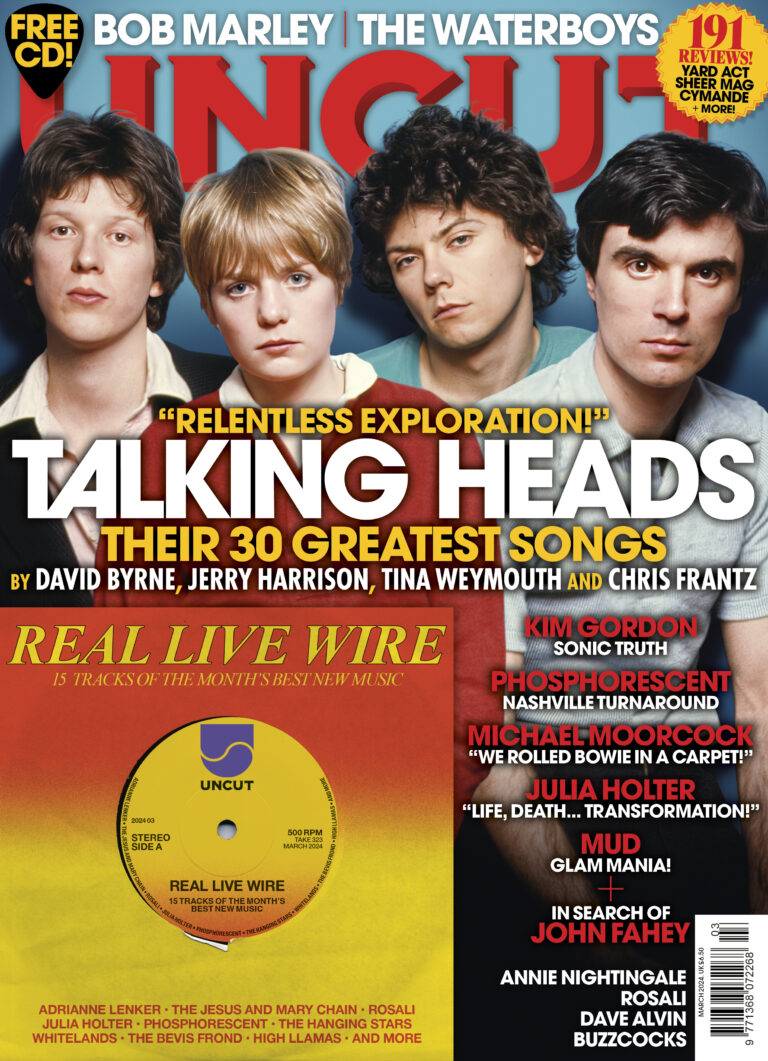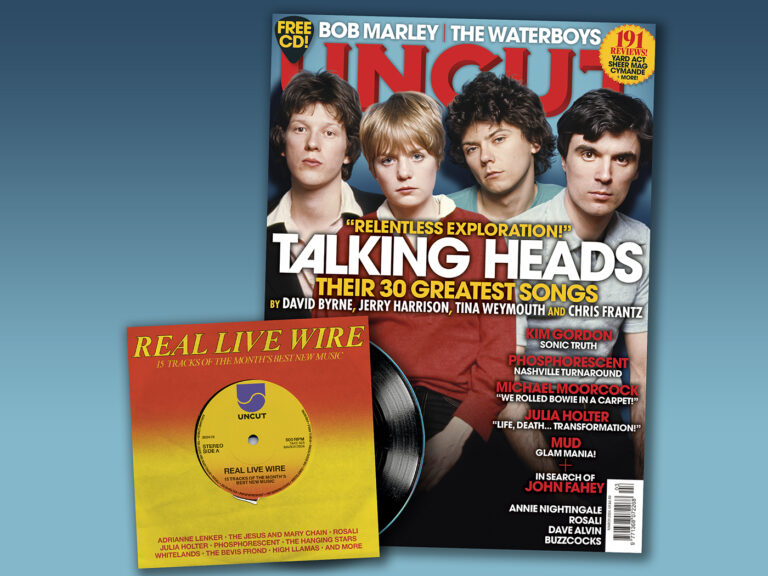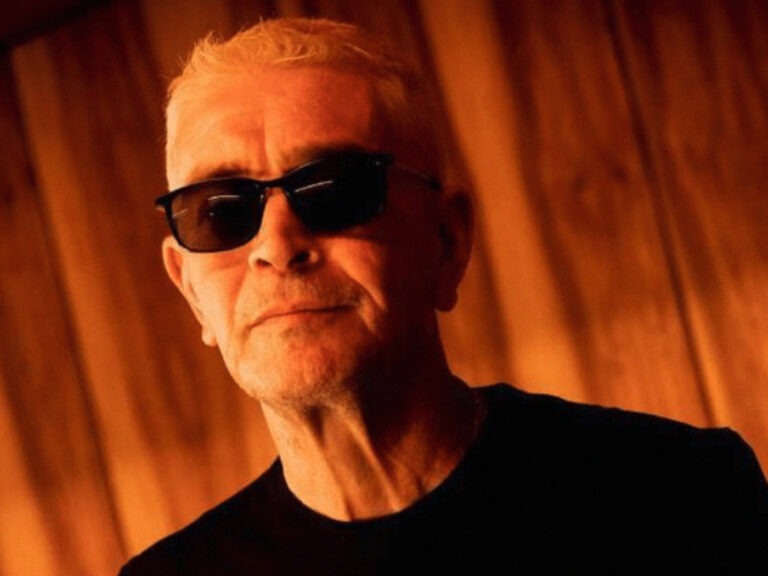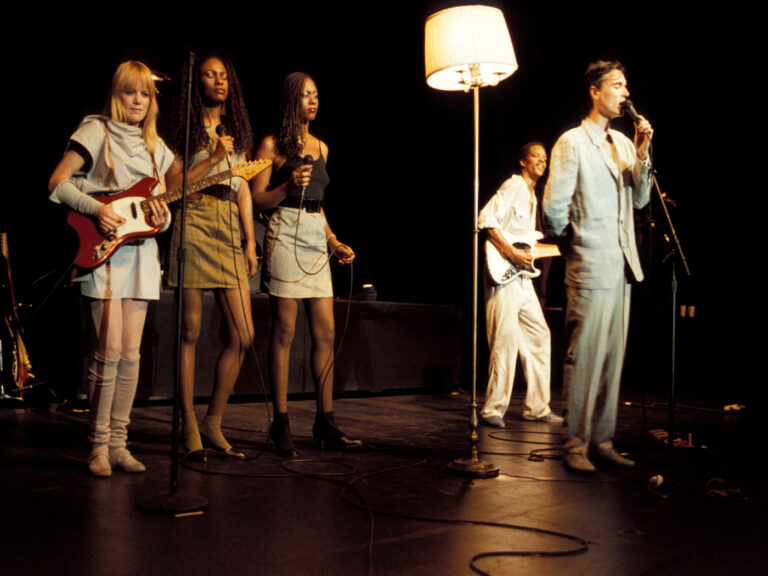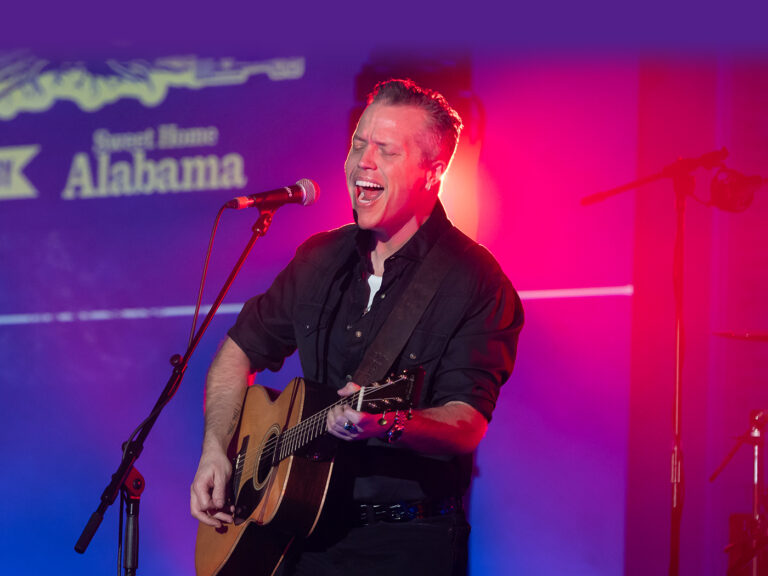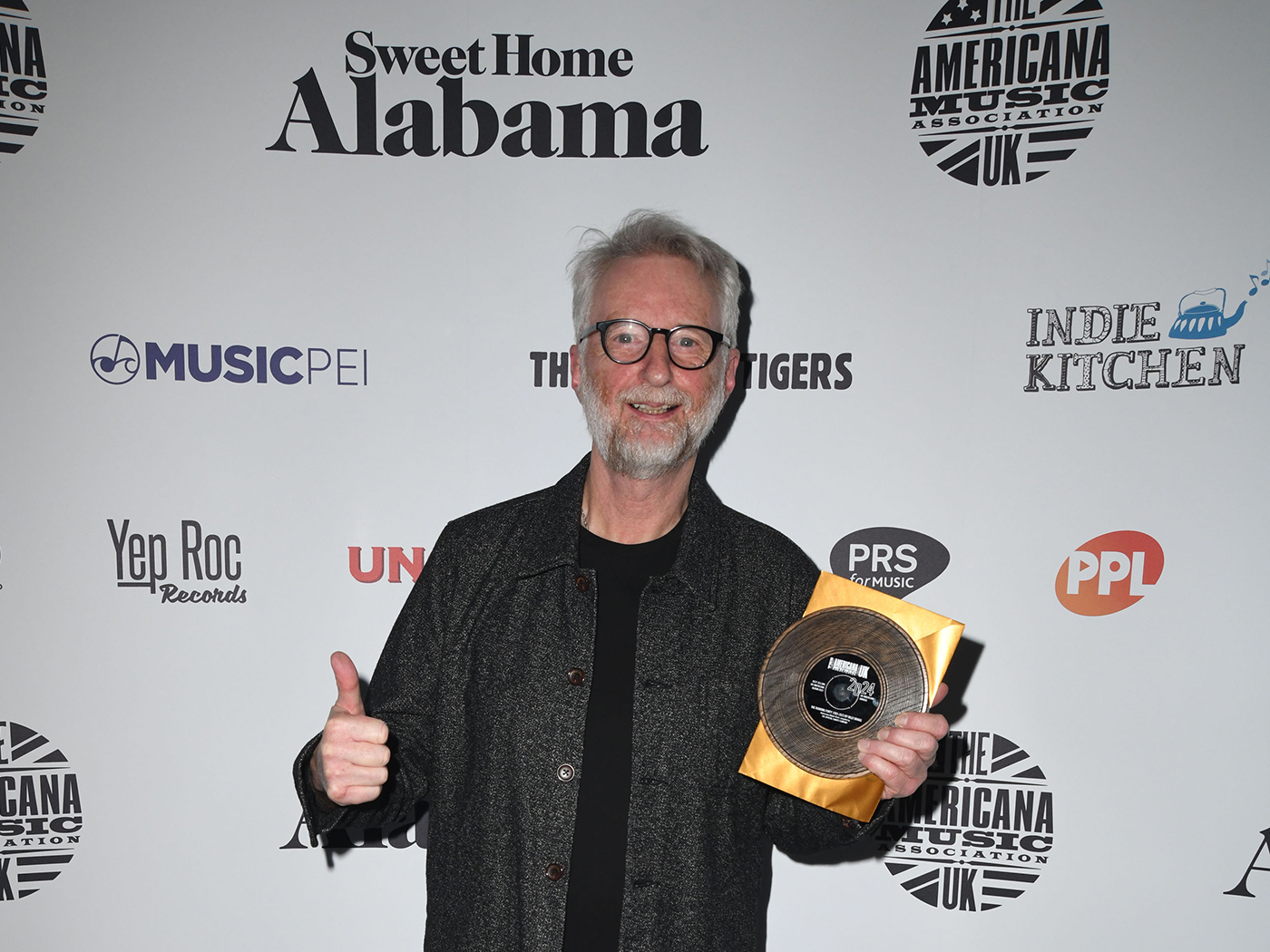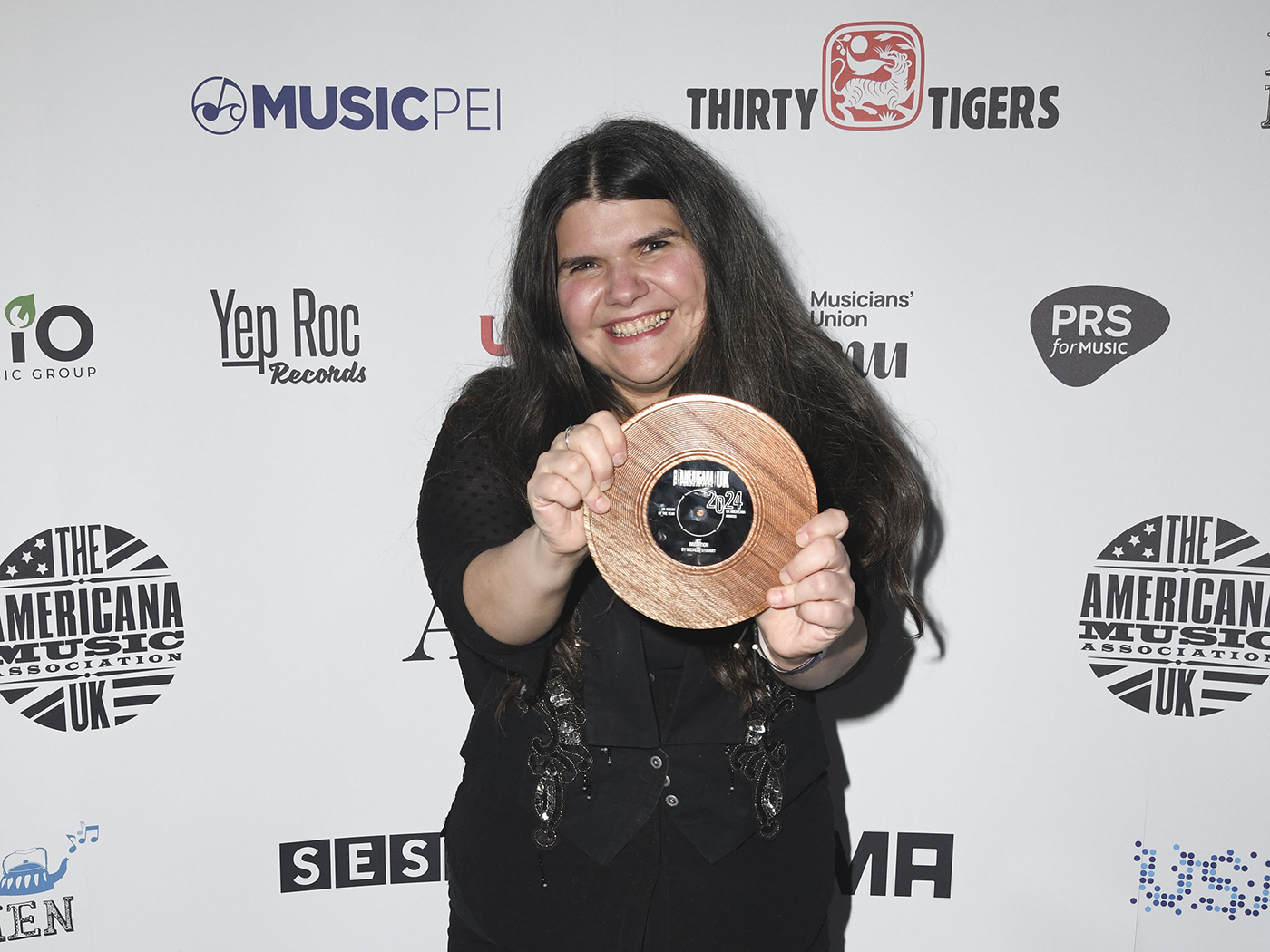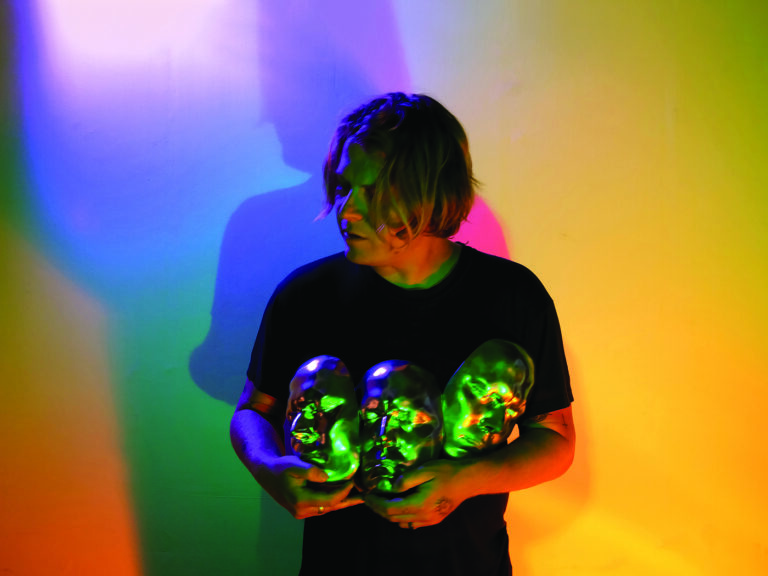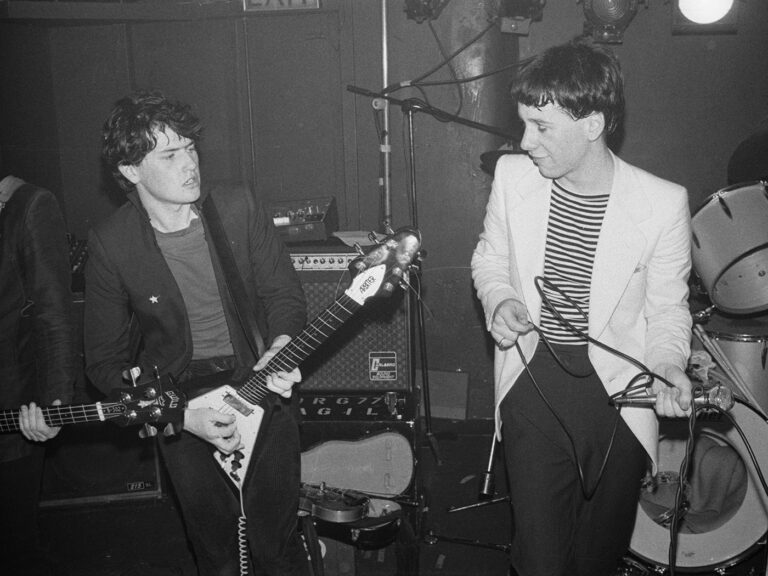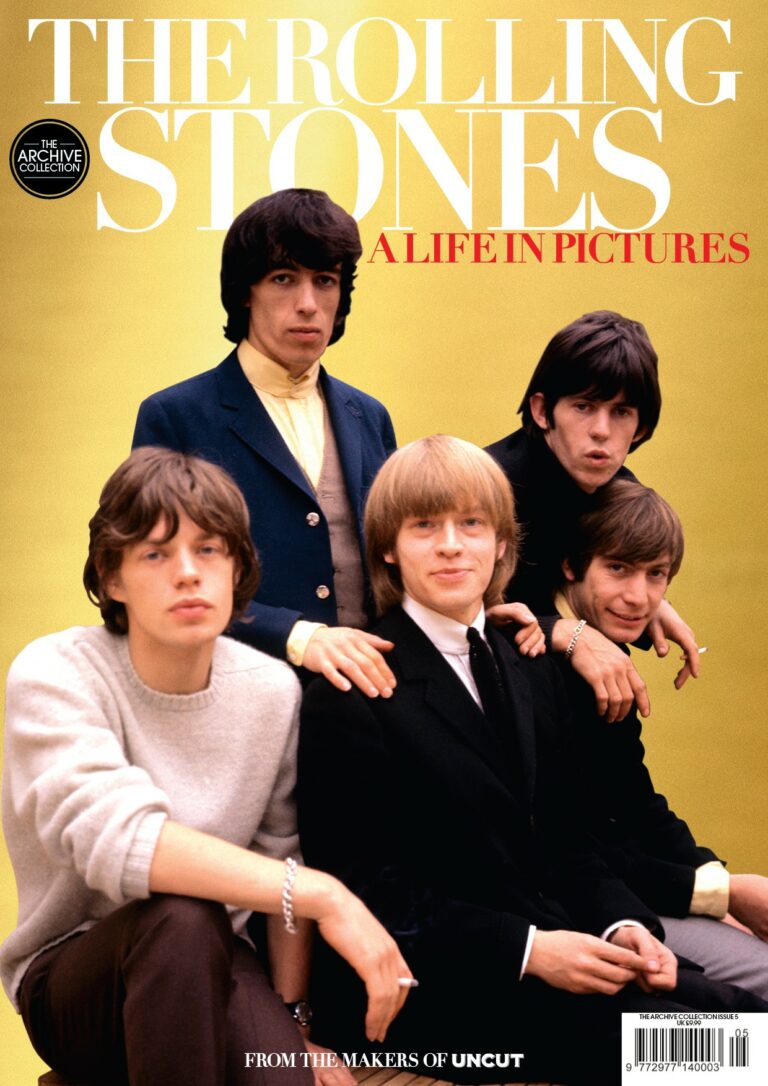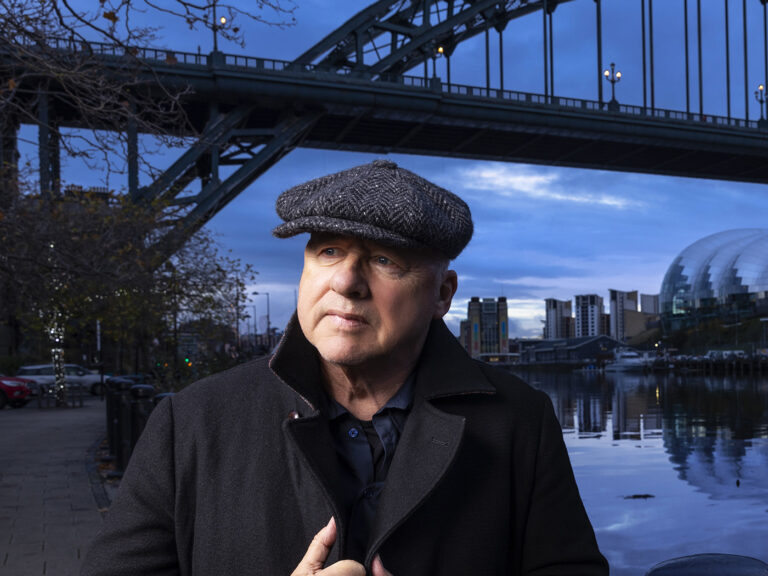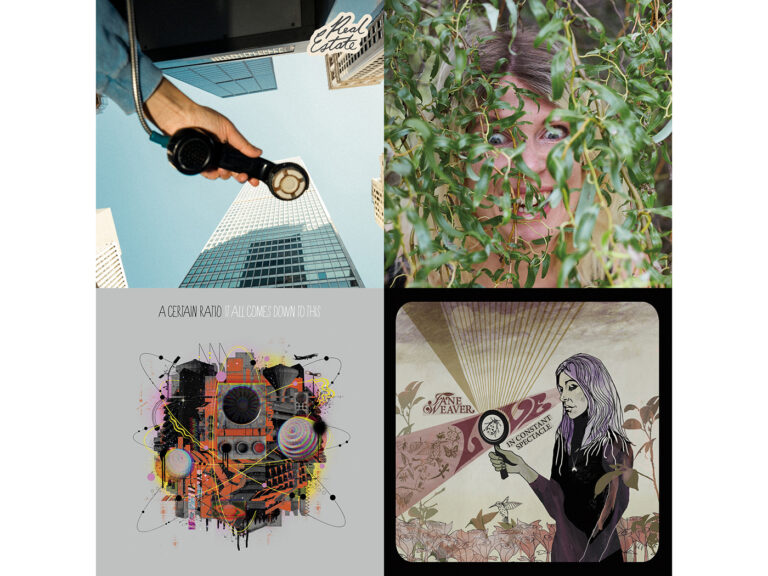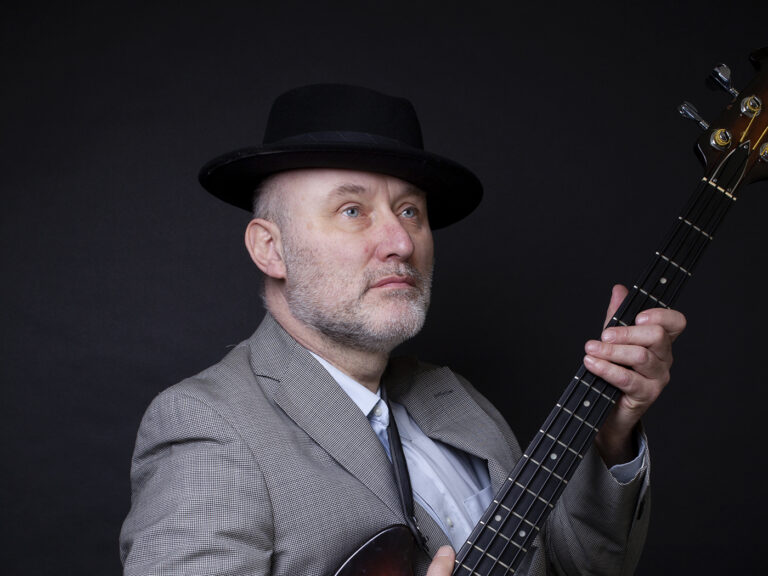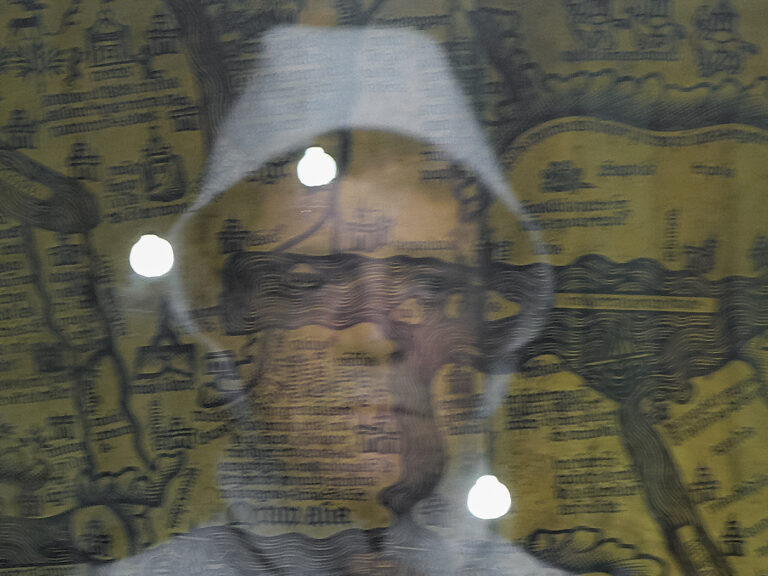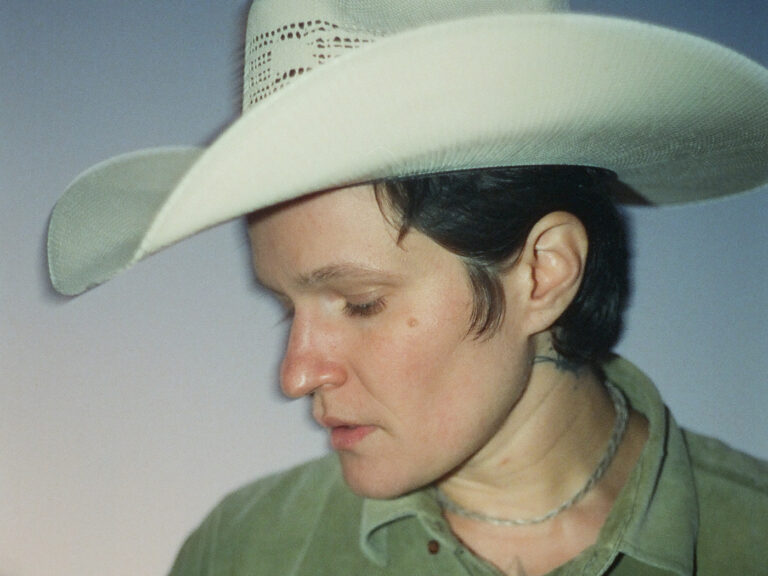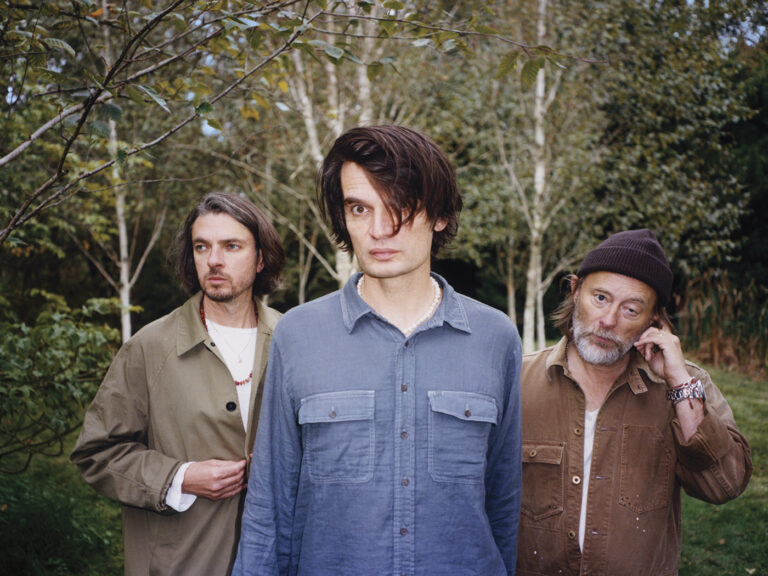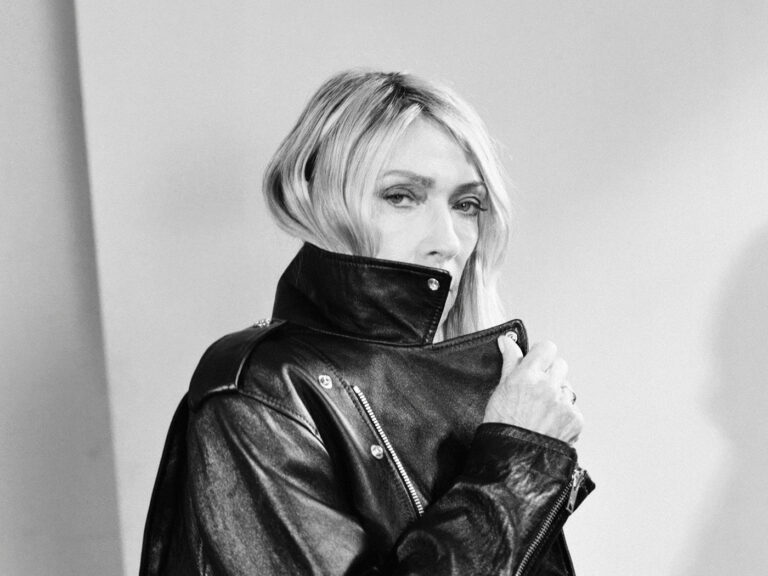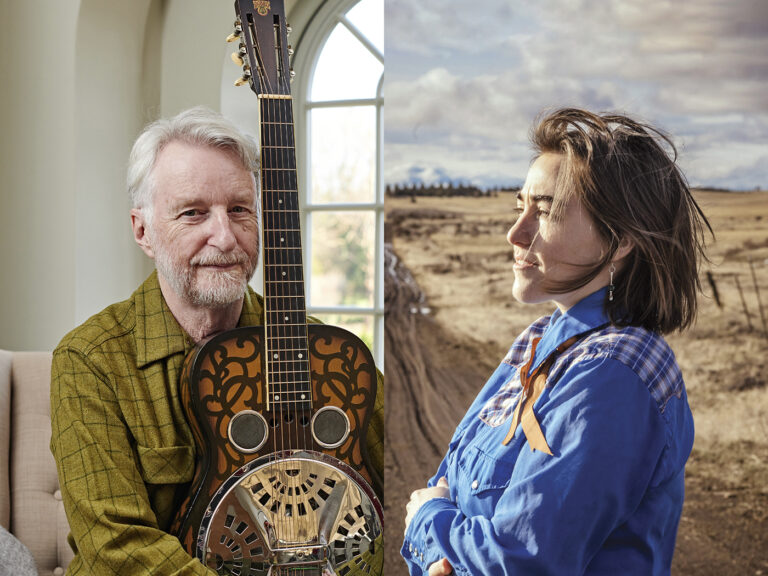In the February 2024 issue of Uncut, Sonic Youth’s Walls Have Ears is our Archive Album Of The Month. We spoke to Steve Shelley, drummer and band archivist, about the record, his early months with the band, Polish flexidiscs and what’s next from the vault… Here’s the extended Q&A. “Our minds have been changing for decades!”
TALKING HEADS ARE ON THE COVER OF THE NEW UNCUT – HAVE A COPY SENT STRAIGHT TO YOUR HOME
UNCUT: Why did you decide to officially release/reissue Walls Have Ears now?
STEVE SHELLEY: It had been on the back burner for years and years, and it felt like, ‘When we get to it, we’ll put this one out…’ Then I think about a year ago, someone had reissued yet another bootleg edition of it – this time they chopped it up into two different segments, each album having its own package. And I think we just thought that was too much, and that we should just put our own version of it out.
Did you have any involvement in it originally at all?
No, it was presented to us as a gift by our English record label at the time, Blast First, who we had an intense working relationship with… but we were pretty surprised by this record when it came out, pretty soon before EVOL was expected out.
And that coloured your appreciation of it?
Yeah, I think so. I think it’s always been a curiosity to the band. It caused problems when it came out, so yeah, I think band members weren’t too fond of it through the years. Our minds have been changing for decades, because we’ve been asking each other about these archival reissues, like, “Would you like to see this one come out?” That one was never a band favourite, though it’s been a fan favourite.
Who was the last member holding out with this one?
I’m not gonna give that up!
What do you recall about the trip to England that’s documented on Walls Have Ears?
I don’t really remember ULU, but of course I remember the first Brighton show on the beach. In the new promo video you hear “Expressway To Your Skull”, and it sounds fantastic, and then it cuts to some kids walking by the stage on the beach and we’re playing “Inhuman”, and you hear the sound of the stones on Brighton beach. That is exactly my memory of it – it wasn’t fancy or glamorous at all, it was like some kids walking by as you were trying to play a half-hour set. It was exactly what I wanted to be doing at that time, to be able to join this band and to go to the UK and Europe… every day was fascinating. To be on Brighton beach, being a Who fan! It was an incredible time.
The “Expressway…” outro is so quiet and restrained, it was a new direction for you then.
Thurston made a comment some time ago, when we were working on some live recording, about how the earlier “Expressway”s were quite gentle at the end. It wasn’t until later, when we had performed it hundreds of times, where it got a little more raucous at the end. This gentle early version really sounded cool to us.
Walls Have Ears is really quite warts and all, isn’t it – for instance, there are really long gaps between the tracks!
When I reassembled it to release it, I was surprised that these gaps were there, yeah.
At the start of the first “Death Valley 69” on there, there’s over a minute of getting ready. It’s really interesting, but it’s also crazy that that was left on there originally.
Well, it’s odd, because I’ve assembled a bunch of live recordings in the years since Walls Have Ears, and I didn’t have anything to do with Walls Have Ears. But some of the gaps are just like, who would leave it like that? It was very strange to me.
Where did these alternate track titles come from?
They came from the people who made the bootleg – it was a very standard thing at the time. Like, if you had a bootleg that had two songs with the same title you would rename the second song. So often there’d be fake names on bootleg records. People were always trying to run from the publishers and that sort of thing.
Do you remember first working on that EVOL material?
I think my first rehearsal with the group was with Kim and Thurston, Lee didn’t make it to the first one, and we worked on “Green Light”. Then “Expressway…” was brought in either that day or soon after – I remember it being a favourite and also being somewhat surprised at the style of the chording… it was more of a ’60s tune than a punk thing, but yeah, the ’60s was one of my fortes. So I was really pleased to be working on the material and that it was already going this direction.
You look after all the archival stuff for the band – how does it work, liaising with Lee, Kim and Thurston?
I’m in Hoboken and Lee is in Manhattan, so we’re closer, distance-wise, so we see each other more often. And we’re more interested in this archival stuff – we’re both big Dylan and Neil Young fans, so we’re always discussing those reissues. We’ve got a list of a number of things that we could release, and we all sort of keep that going as a discussion among the four of us. People are more interested in certain things at certain times, and that’s when projects kind of float to the top.
How do these projects get approved – do you get a text from, say, Kim saying ‘let’s do this?’
Well, she’ll get a text from me [first] – ‘would you like to do this?’ There’s a number of things that we’ve got a list of that we could release, and we sort of keep that going as a discussion amongst the four of us. People get more interested in certain things at certain times, and that’s when stuff kind of floats to the top, and a project will make it. Or else someone will have a good idea – like when Ethan [P Miller, from label Silver Current] came to us and said he wanted to do a fake bootleg record for the Brooklyn live record. We just really loved the concept and let him run with it.
You’ve mentioned that there’s a Washing Machine deluxe reissue in the works.
I’m working on some stuff for that, but it’s on hold right now. I’ve still got some ideas about it, but it took a backseat for the moment.
You’ve been trying to track down some rare SY releases, we hear…
There are some Russian lathe cuts which I would love to have. There were like a dozen of them or something – I’ve seen pictures but I don’t have one – and there were dozens of Polish flexidiscs. They were an inspiration for the deluxe edition of Walls Have Ears, we made a flexi for one of the extra tracks, “She’s In A Bad Mood”, from the night after Brighton beach, at Ladbroke Grove, Bay 63.
On the Sonic Youth Bandcamp, you’ve released a lot of digital-only live albums and rarities. What do you have planned for that in the near future?
There are things, but I guess we’ve moved to the physical realm for this. Walls Have Ears will be on Bandcamp digitally, of course, but for the last year I’ve been working on this Live In Brooklyn record and Walls Have Ears, so the physical has taken over a little bit. I don’t have anything specific lined up just for the Bandcamp page, but there’s tonnes of digital recordings to listen to, and to review. I’m not sure what’s next there.
Is the SY studio, Echo Canyon West, still going in Hoboken?
It is, although it’s not much these days. We just keep our gear stored there, but there is a room where Lee and I keep more of an archive. That’s in Hoboken too, and there are master tapes – we own everything up to Daydream Nation and Ciccone Youth – and then we have later tapes too, but we don’t ‘own’ them all as far as rights go. We’ve been pretty lucky as far as master tapes go, we haven’t had many of ours go missing like some other bands.


